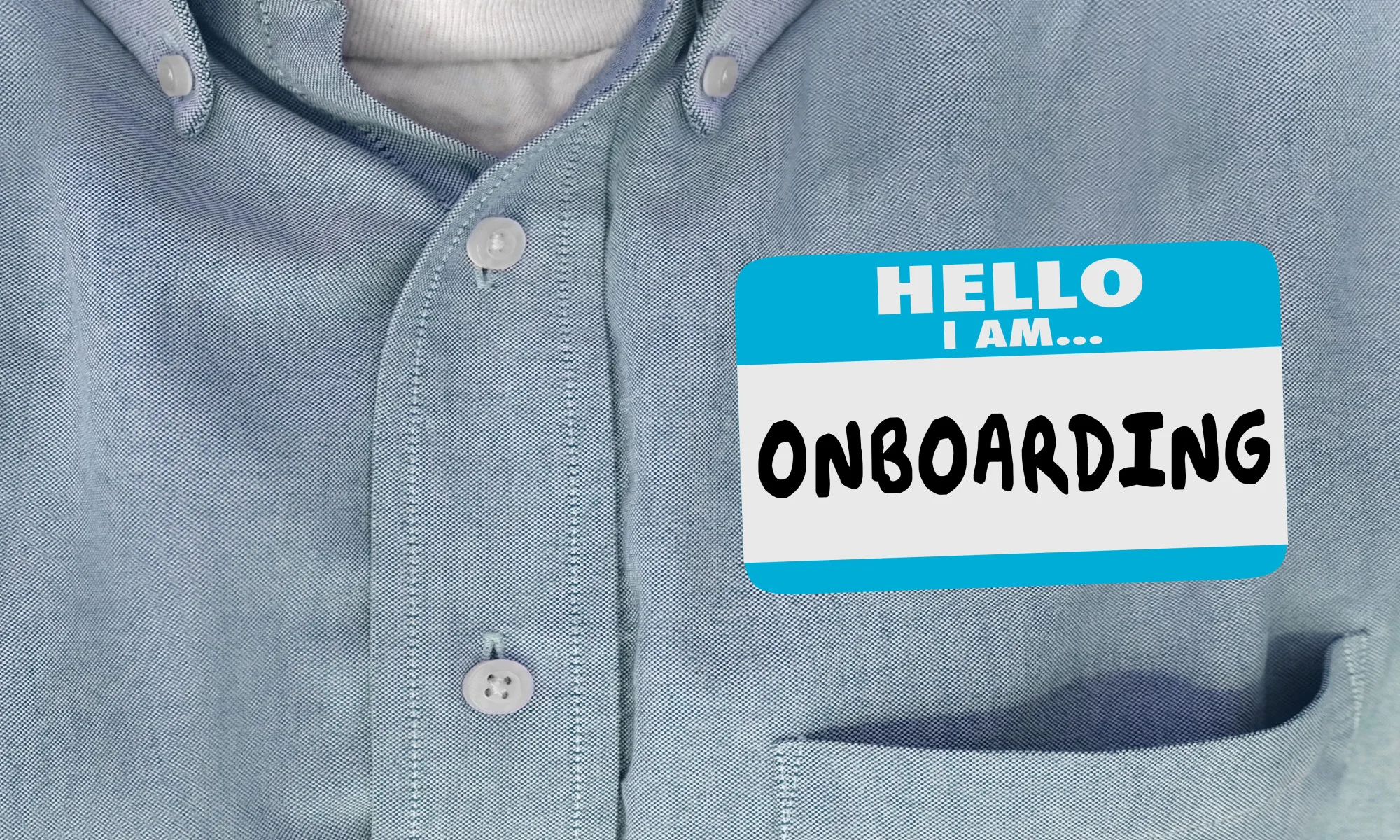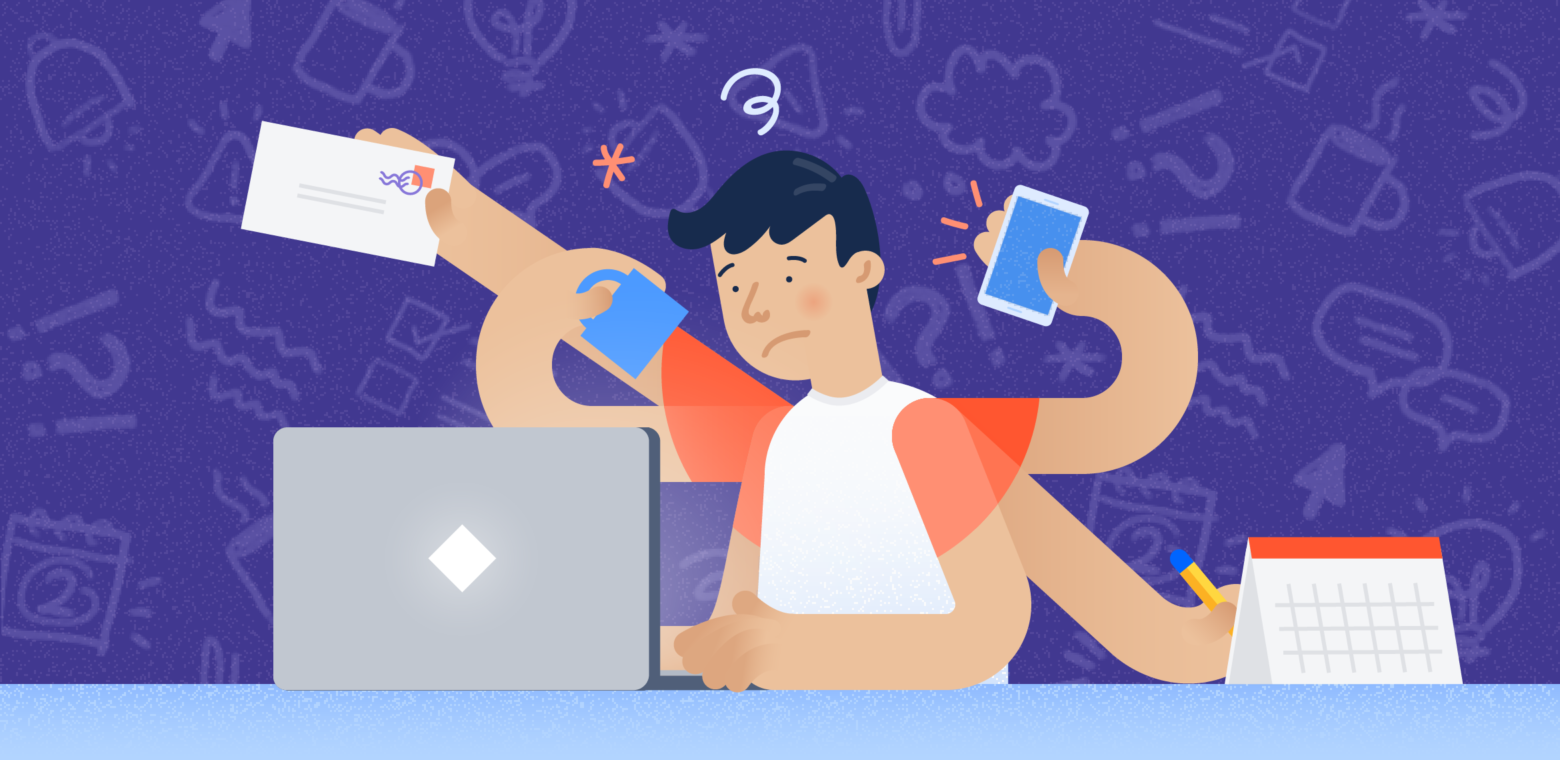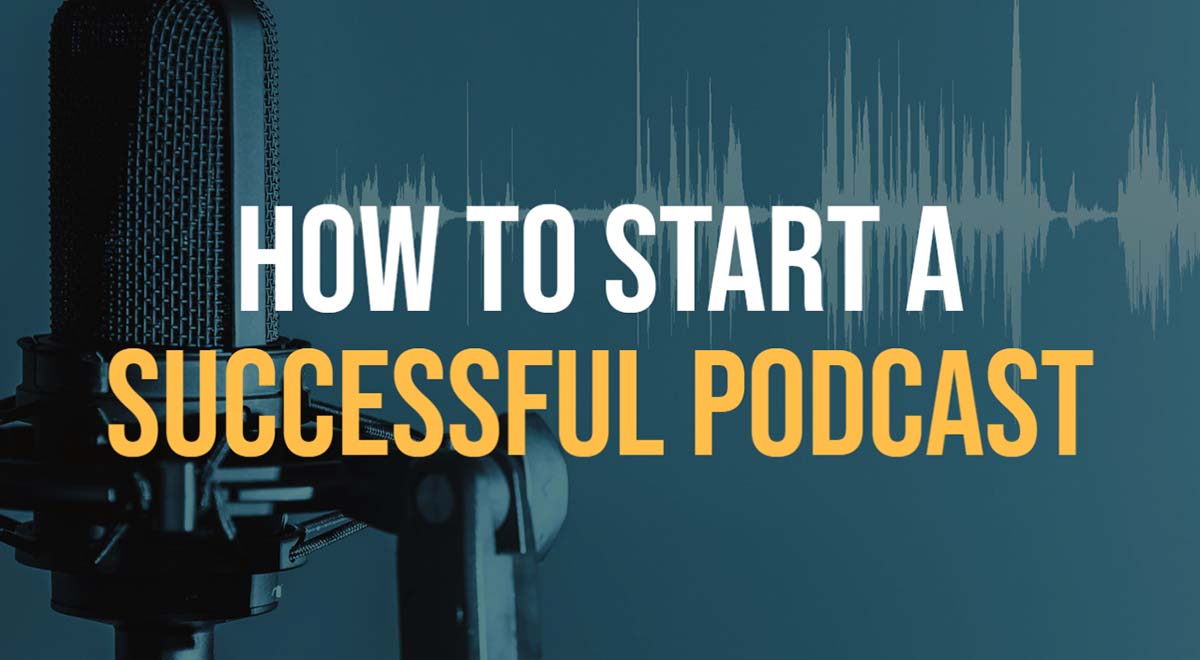Did you know that low retention will cost the U.S. an average of $430 billion annually by 2030?
It’s no secret that businesses want to keep their top employees for as long as possible, but it’s easier said than done.
With the right employee onboarding process in place, you can retain new hires and reap many other benefits. Not sure how to start? Keep reading to learn more.
What Is Employee Onboarding?
Employee onboarding involves integrating new employees into your place of business. This refers to making new employees familiar with the workplace environment, company policies, and business culture.
The perfect onboarding process equips new hires with the techniques and tools to succeed in their roles. During onboarding, an employee will learn what is expected of them and how the business runs.
Onboarding is mostly concerned with bringing new employees to the team, but it doesn’t stop there. As roles constantly evolve and switch, you’ll need to onboard current employees for new roles.
To develop an employee onboarding system, think from your employee’s point of view. You can ensure the highest level of productivity from the beginning of a new hire with the right onboarding system.
The onboarding process can last from six to eight months depending on how comfortable the employee is settling into their new role.
Now, let’s look into what encompasses a great new employee onboarding process.
Release the Offer
The employee onboarding process begins when employees are recruited. Once you select an employee from applications and interviews, present them with an offer letter and other clearing paperwork.
Keep your approach clear and transparent to help you gain the trust of your employees. The offer letter should include a full job description and salary offers.
At the next stage, employees will accept the offer. You can schedule a phone call or meeting to review benefits, set policies, procedures, etc.
Active responses and engagement with the new employee can improve retention. The week before your new employee starts, this checklist should be completed:
- Prepare paperwork involving forms and policies
- Employee contract/agreement
- Employee handbook
- Non-disclosure agreement
If you don’t already have an employee handbook, create one to include a code of conduct, attendance policy, leave policy, confidentiality policy, and more.
Keep in mind that there is a waiting period between when an employee accepts the offer and when they show up for their first day of work.
To ensure that they arrive on their scheduled date, you need to nurture the relationship during this time. Make new employees excited to join your business.
The First Day of Work
The first day of a new job is very important for an employee. People will feel happy, nervous, and excited to join a new team.
HR managers should be the first to welcome a new employee and make them feel comfortable in a new environment.
Send them a new employee welcome email, introduce them to the whole team, and schedule time to complete unfinished hiring paperwork.
If necessary, schedule a formal meeting with HR as well. During this meeting, you can discuss paperwork and spend time setting up employee accounts, company emails, parking, office phone, etc.
Set a new hire up with a mentor. A veteran employee can be the point of contact for a new employee still learning the ropes.
Coordinate With Other Departments
When a new employee is starting their job, it is essential to inform them of the department they will be working with and vice versa.
Additionally, introduce the new employee to departments they need to co-coordinate with.
Most importantly, introduce a new employee to the head of the department they are working for.
Training and Orientation
When a new employee gets onboarded, the veteran employees need to give them insight into the company’s culture.
Introduce a new employee to the goals of a company and provide them with relevant information about company teams. You can even help them set employee goals for the next few months.
Completing orientation and training often occurs on the first day or multiple days after the hire. These materials will help employees get started quickly and help them understand how the company works.
Using employee onboarding software is the best way to automate the process. You can use this software from beginning to end.
You can even add paperwork, training, and all orientation materials so that everything is in a simple centralized place. Learn more info about onboarding software at the link.
Plan a Team Lunch
One of the best practices for the employee onboarding process is to plan a team lunch the first week that a new employee starts. This can be a lunch outside or inside the office.
This allows employees to break the ice and get to know their colleagues in a relaxed environment. Employees can gather and take the time to understand each other.
If an employee feels valued and welcomed by the team, they will stay loyal to the company.
Follow-Up
Engagement is essential throughout the onboarding process. Even after the first day and first week of employment, you need to continue nurturing a relationship with a new employee.
Employees are likely to have questions when they run into problems which can help save valuable time. If an employee isn’t comfortable with you, they won’t ask you the necessary questions.
Stay in touch with employees and check in with them to build a connection. Follow up and ask the new hire for feedback at regular intervals.
Have a system in place that at least checks in with a new employee after 30, 60, and 90 days. Even if the employee is working hard and doing well, it’s still important to ask for this feedback.
Ask them what they liked and didn’t like during the onboarding process so that you can modify it for the next new hire. Doing so will set the tone for your business in the future.
Why Is Employee Onboarding Important?
The above tips can help you perfect the employee onboarding process. It is a lot. It requires planning and months of work to ensure an employee is comfortable and fits into their new environment.
Although it takes time to complete, it is beneficial for both you and your employees. These are some of the benefits of employee onboarding:
Increases Employee Retention
Hiring employees is an expensive and tedious process. If you have horrible employee retention, your business is going to suffer.
When you hire new employees, you have a better chance of keeping them for the long haul with a great onboarding process. You’ll be able to keep new hires for at least six months with a proper onboarding program.
Retaining top talent can save your business money and time. Onboarding also helps your managers build long-term relationships with new employees.
Enhances Branding
An employee onboarding process can improve company branding, believe it or not. When your employee likes their new workplace, they are likely to share their experience.
Your company can play an active role in branding by encouraging employees to share their initial experiences.
Increases Employee Satisfaction
When employees understand their skills and jobs, they are more productive. With the right guidance and mentoring, new employees can handle various tasks and challenges.
Employee satisfaction also leads to positive word of mouth. Employees proud of working for a certain company can help promote the brand.
Employee onboarding will be the push they need to work hard from the beginning.
Enhances Employee Productivity
Employee onboarding will help your employees feel motivated and valued. Employees that are empowered from the onboarding process will contribute to the overall success of the company.
This is why it’s so important to teach employees your company’s core beliefs from the beginning. This will allow you to see if your goals align with one another.
If employees are striving to reach company goals that they also believe in, they will work hard to produce quality work.
HR managers should use onboarding as an opportunity to learn more about employees and their set of skills.
How to Perfect the Employee Onboarding Process
If you want to perfect the employee onboarding process, you can use the tips in this guide.
Employee onboarding starts when you interview and move on to hire a new employee. Onboarding is a process that never really ends because it’s all about making employees comfortable with their work environment.
Use the tips in this guide to get started. Don’t forget to keep coming back for more blogs like this on our website.
For more interesting news:
- Top Tea Bag Packing Machine Manufacturers
- Best Cheap Laptop For Editing YouTube Videos
- SDC International Shipping
- Bank of Nova Scotia Mortgage Rates
- Margaret River Wine Tours
- How to Perfect the Employee Onboarding Process
- 4 Logo Design Tips to Create a Winning Business Logo
- Learn How to Play Ludo Game Online, Rules and Winning Tips







